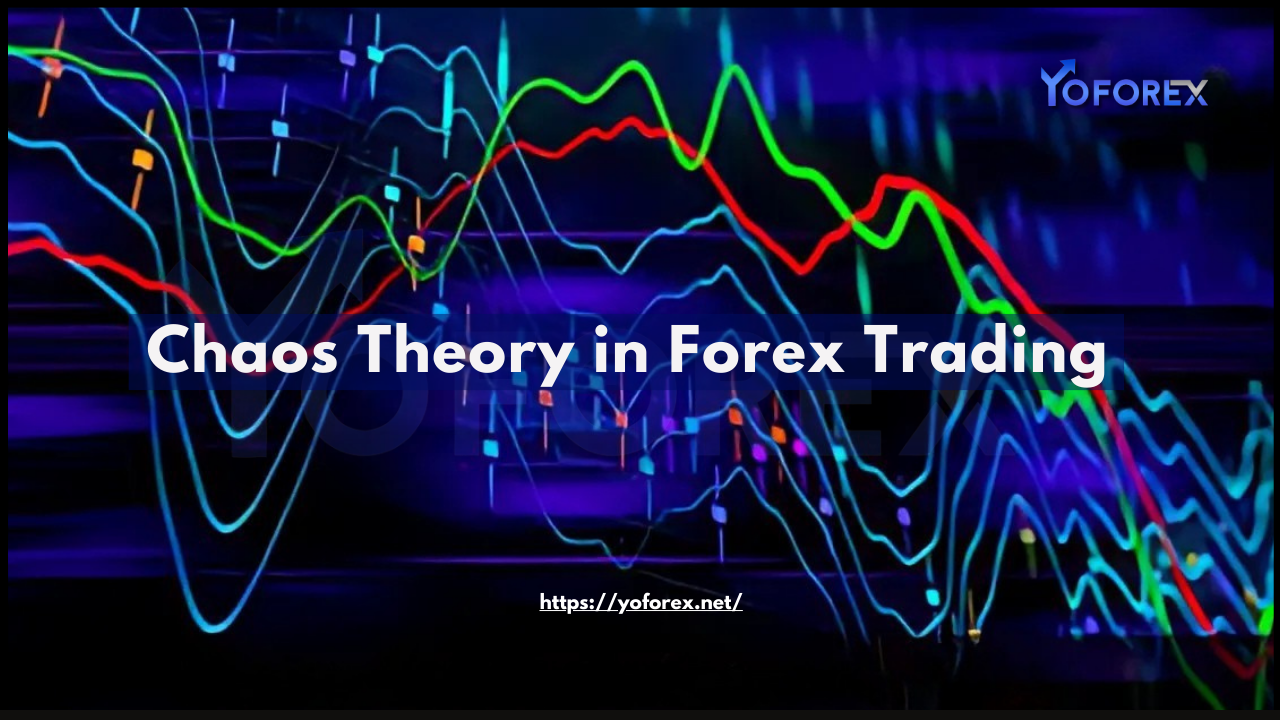The foreign exchange (Forex) market, the largest financial market in the world, is known for its volatility and complexity. Traders are constantly seeking innovative methods to decode market behavior and gain a competitive edge. One such approach is the application of Chaos Theory, a branch of mathematics that studies complex systems and their seemingly random behavior. While traditional methods like technical and fundamental analysis dominate Forex trading, Chaos Theory offers a unique perspective by uncovering hidden patterns within the market’s apparent randomness. This blog explores how Forex traders use Chaos Theory for market analysis, its key principles, practical applications, and the challenges it presents.
What is Chaos Theory?
Chaos Theory is a mathematical concept that studies the behavior of dynamic systems that are highly sensitive to initial conditions. It suggests that even in seemingly chaotic systems, there is an underlying order governed by deterministic laws. The most famous concept associated with Chaos Theory is the butterfly effect, which posits that small changes in initial conditions can lead to vastly different outcomes over time212.
In the context of Forex trading, Chaos Theory helps traders understand that while market movements may appear random, they are influenced by underlying patterns and structures. This theory challenges the notion of complete randomness in financial markets, offering a framework to analyze and predict market behavior more effectively17.

Key Principles of Chaos Theory in Forex Trading
- Fractals and Self-Similarity
Fractals are geometric patterns that repeat at different scales, and they are a cornerstone of Chaos Theory. In Forex markets, price movements often exhibit fractal-like behavior, where patterns observed on shorter timeframes resemble those on longer timeframes. Traders use fractals to identify potential reversal points or trend continuations, making them a valuable tool for technical analysis115. - Sensitivity to Initial Conditions (Butterfly Effect)
The butterfly effect highlights how small changes in initial conditions can lead to significant outcomes. In Forex, minor events like a news release or a shift in market sentiment can trigger substantial price movements. Traders who understand this principle remain vigilant for unexpected developments that could impact the market212. - Nonlinear Dynamics
Unlike linear systems, where cause and effect are proportional, Forex markets are nonlinear. Multiple factors, such as economic data, geopolitical events, and investor psychology, interact in complex ways. Chaos Theory helps traders recognize these nonlinear relationships and adapt their strategies accordingly711. - Deterministic Chaos
This principle suggests that while market movements may appear random, they are governed by deterministic rules. By identifying these rules, traders can gain insights into potential market reversals or trend formations12.
Practical Applications of Chaos Theory in Forex Trading
- Fractal Analysis
Fractal analysis is a popular method for identifying patterns in price charts. Traders use fractal indicators to spot key support and resistance levels, as well as potential breakout points. For example, a fractal high occurs when a central candlestick has two lower highs on either side, signaling a potential reversal15. - Chaos Theory Indicators
Several technical indicators are based on Chaos Theory principles. The Alligator Indicator, developed by Bill Williams, uses moving averages to identify market trends and phases. Another example is the Chaos Oscillator, which measures market momentum and volatility111. - Volatility Analysis
Chaos Theory emphasizes the importance of understanding market volatility. Traders analyze volatility patterns to anticipate potential market shifts and adjust their risk management strategies accordingly. For instance, periods of low volatility may signal an impending breakout915. - Adaptive Trading Systems
Adaptive trading systems leverage Chaos Theory to dynamically adjust trading parameters based on evolving market conditions. These systems use algorithms to mimic the adaptability of natural systems, allowing traders to navigate changing environments more effectively11.
Challenges and Limitations
While Chaos Theory offers valuable insights, it is not without challenges. One major limitation is the lagging nature of fractal-based indicators, which can result in missed trading opportunities. Additionally, false breakouts and unpredictable market behavior can lead to losses if not managed properly15.
Another challenge is the complexity of applying Chaos Theory in practice. Traders need a deep understanding of mathematical concepts and the ability to interpret nonlinear patterns. This makes it less accessible to novice traders compared to traditional methods like technical analysis13.
The Role of Psychology in Chaos Theory Trading
Chaos Theory also highlights the importance of trader psychology. Emotional biases, such as overconfidence and loss aversion, can significantly impact trading decisions. Traders who master their emotions and maintain discipline are better equipped to navigate the inherent uncertainties of Forex markets713.
Conclusion
Chaos Theory provides Forex traders with a unique lens to view market dynamics, uncovering hidden patterns within the apparent randomness. By embracing principles like fractals, sensitivity to initial conditions, and nonlinear dynamics, traders can develop more robust and adaptive strategies. However, the complexity and challenges associated with Chaos Theory require a disciplined approach and continuous learning.
For traders willing to delve into the mathematics and psychology of market behavior, Chaos Theory offers a powerful tool to enhance decision-making and navigate the complexities of Forex trading. As with any strategy, thorough backtesting and risk management are essential for long-term success.

